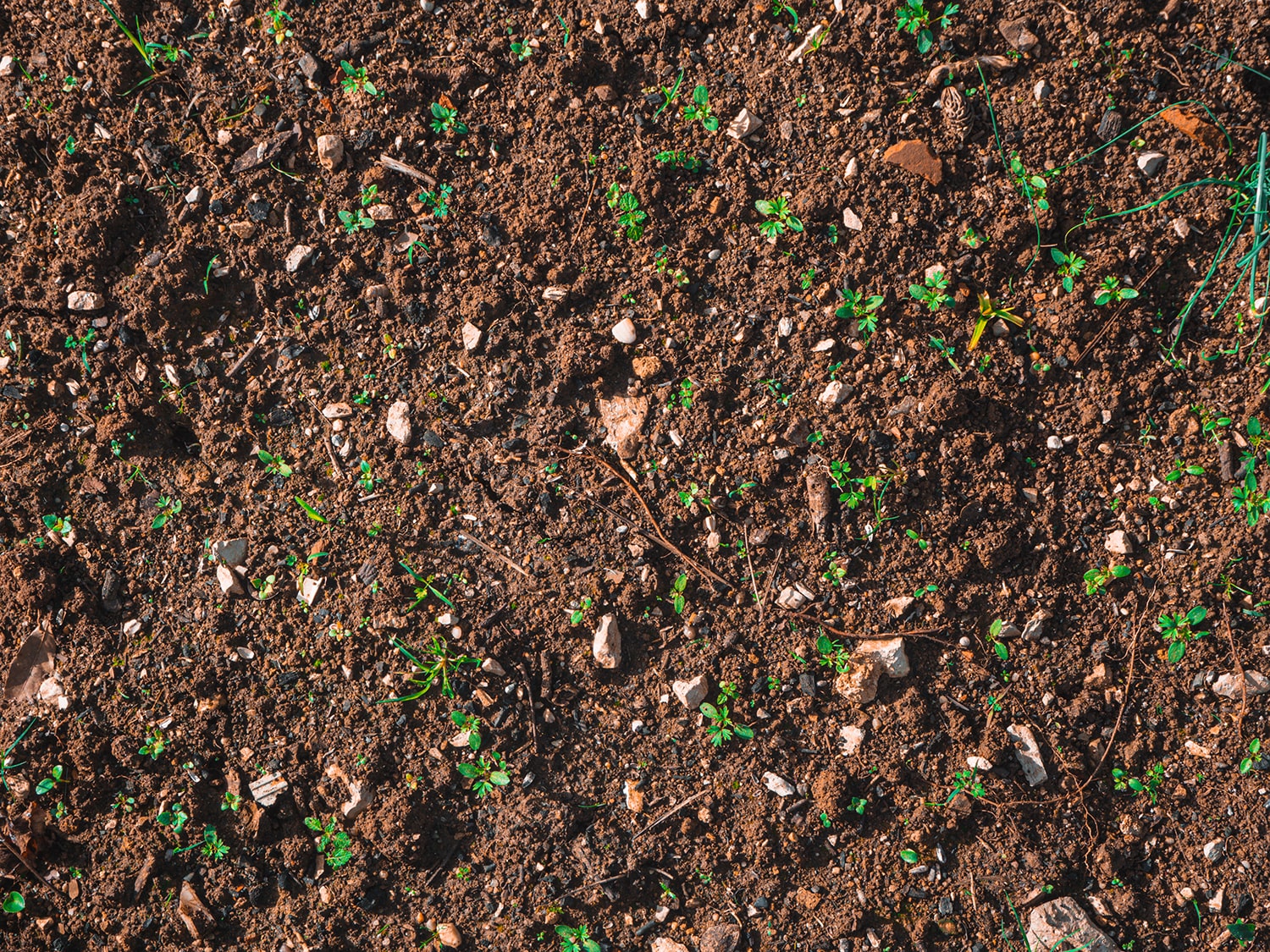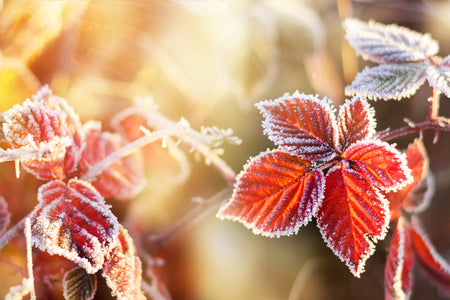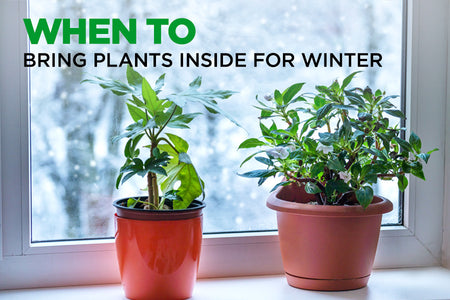Much of the country experiences severe winter weather — whether that’s snow, ice storms, or below-freezing temperatures. As a gardener, it’s important to anticipate these weather conditions and protect your plants from frost.
But prevention isn’t always possible: you can be out of town when a cold front arrives or conditions can be much worse than predicted. The possible results — if your plants’ leaves are covered in frost or snow or have dropped, curled, or changed color (perhaps from green to yellow or brown), there’s a good chance water has frozen inside your plants, damaging its cells. Still, you can learn how to save plants after a frost to increase your plant’s chances of surviving.
How to save plants after a frost
To give your plants their best chance of survival, follow these four suggestions:
1. Know your area’s average last frost date
While it’s tempting to immediately tend to your outdoor plants after a frost, it’s best to wait until your average last frost date has passed. Pruning or fertilizing before the last frost of the season can do more harm than good as these actions stimulate new growth and require your plant to exhaust a lot of energy. If freezing weather is still on the horizon, your plants won’t have enough energy left to fight off frost and may die.
2. Continue preventative measures
As you wait for your area’s last frost date, it’s important to repeat some of your preventative frost measures: Bring potted outdoor plants inside, cover your plants overnight, and place jugs of hot water under your plants’ coverings to help protect them from frost as much as possible. Doing this keep plants as healthy as possible to give them a better fighting chance.

3. Prune your plants
Once the last frost has come and gone — typically early spring — it’s time to prune frost-damaged leaves, stems, and branches from your plants, shrubs, and trees. If you waited and didn’t prune before the final frost, you should already see new growth. Pruning provides more light and air flow, making your plants healthier and properly preparing them for planting season.
To help frost damaged plants recover, it’s important to prune in one of two ways:
- If the frost damage isn’t too severe, use a hand pruner or lopper to lightly prune the distressed branches or stems.
- If the majority of the plant is frost damaged, try a renewal prune. This method requires heavily pruning back the damaged branches and stems — with a lopper or pruning saw — to within a few inches of the ground.
It’s also smart to fertilize after pruning to provide proper nutrients and promote healthy plant regrowth.
4. Water your plants
Watering your plants after a frost seems counterintuitive, but plant roots can’t absorb any moisture from frozen soil. To avoid root damage, wilted leaves, and poor growth, just be careful not to overwater.
Understanding how to save plants after a frost is part research and part patience. You can follow these tips, but more importantly, you need to play the waiting game. Try not to overreact and just remind yourself that frost-damaged plants, like most plants, are resilient and can bounce back — as long as they receive proper care, water, shelter, and love.







